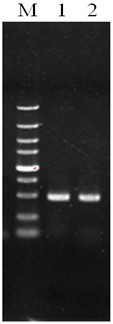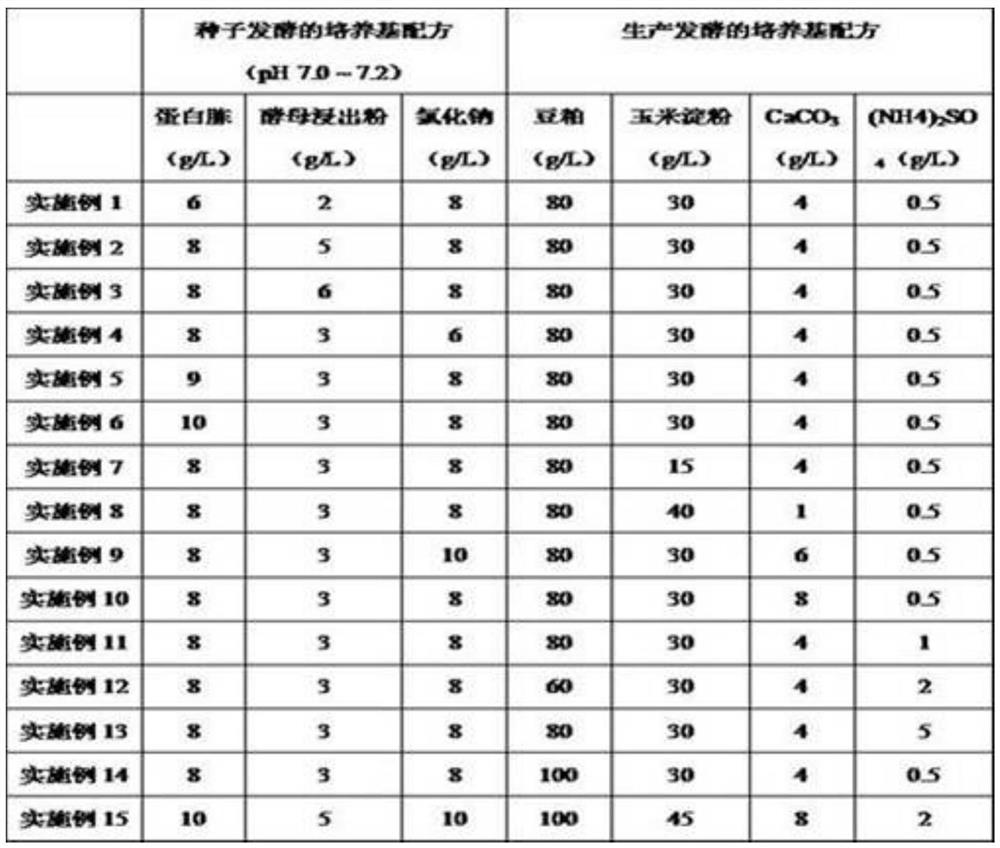Application of Bacillus licheniformis dw2δlrpc in the production of bacitracin
A technology of Bacillus licheniformis and bacitracin, applied in the field of strain transformation of Bacillus licheniformis, can solve the problems that the regulatory mechanism of LrpC has not been analyzed and cannot be deduced
- Summary
- Abstract
- Description
- Claims
- Application Information
AI Technical Summary
Problems solved by technology
Method used
Image
Examples
Embodiment Construction
[0025] The method for constructing bacillus licheniformis by knocking out the lrpC gene comprises the following steps:
[0026] (1) Using the genomic DNA of Bacillus licheniformis DW2 as a template, the upstream homology arm of the lrpC gene and the downstream homology arm of the lrpC gene were amplified by PCR; The downstream homology arms of the gene are spliced together to obtain the fusion gene sequence A;
[0027] (2) Carry out double enzyme digestion to the fusion gene sequence A obtained in step (1) using restriction endonucleases Xba I and Sac I to obtain the enzyme-cut gene sequence A;
[0028] (3) Prepare the plasmid T2(2)-ori, and use restriction endonucleases Xba I and Sac I to perform double digestion on the plasmid T2(2)-ori to obtain the restriction plasmid T2(2)-ori;
[0029] (4) connecting the enzyme-cut gene sequence A obtained in step (2) to the enzyme-cut plasmid T2(2)-ori obtained in step (3), to obtain the lrpC gene knockout plasmid T2(2)-ori-lrpC;
...
PUM
 Login to View More
Login to View More Abstract
Description
Claims
Application Information
 Login to View More
Login to View More - R&D
- Intellectual Property
- Life Sciences
- Materials
- Tech Scout
- Unparalleled Data Quality
- Higher Quality Content
- 60% Fewer Hallucinations
Browse by: Latest US Patents, China's latest patents, Technical Efficacy Thesaurus, Application Domain, Technology Topic, Popular Technical Reports.
© 2025 PatSnap. All rights reserved.Legal|Privacy policy|Modern Slavery Act Transparency Statement|Sitemap|About US| Contact US: help@patsnap.com



